This is another post that started out as a way too rambly first draft and that I completely rewrote to make it something more readable. For about the last two months I’ve been occupying myself with thinking about ways to give the Ancient Lands some greater depth and making it more compelling by adding a stronger emphasis on mystical elements and some kind of subtext that is woven into the world itself. To make it more than just another make belief land and something which feels truly wondrous and magical. Something that isn’t just a servicable tool for running campaigns but an artistic expression of my own personal creativity.
When I look at fantasy in books, movies, and videogames, I am always most fascinated when I come across elements that are strange and unexpected and that seem to invite you to think about their meaning within the story. But it is important that “strange” in this context is something very different from “random”. In a lot of old RPG material, or recent material that embraces the old tropes, you can find a lot of crazy stuff with very little rhyme or reason that seem to be there only for the sake of being funny. (Which in Jeff Rient’s threefold model probably would be “retro-stupid”.) While I am totally on board for a short blast of campy fun, this is not something that I would want to deal with when going down to serious business. The strange gives a work a greater depth and makes it more intriguing when its presence has meaning and stands for something.
Very often the strange and weird in fantasy takes the form of monsters. The very concept of monsters in western culture goes back to the Romans who traced the origins of the word monstrum back to either the verbs “to show” or “to warn”. And the original meaning was the occurance of violations of the known natural order – in particular the appearance of creatures of unnatural appearance – which were believed to be the manifestations of something greater and supernatural going on. Seneca described the concept of monstrum as “a visual and horrific revelation of the truth”. And all the things in fantasy and horror that we today consider to be “weird” are forms of such monstrums. They don’t have to be creatures, but can also be objects, environments, events, and phenomena.
What does this mean for the creation of fiction? How can this be translated into an artistic method? For this purpose I want to point to Christopher Nolan’s seminal work on communicating messages and making a point in narrative art.
Contrary to popular believe, Inception is not an illogical heist movie but actually a lecture on communicating abstract concepts to an audience through the telling of an entertaining story, rather than preaching from a soap box. That’s the very concept of “Inception”: You can’t make someone believe something by telling them that they should believe it. Instead you need to show them examples that make them see the issue from your perspective and then let them draw their own conclusions from that experience. And if you’re setting it up right it wil be the same conclusion that you made about the issue. Yes, it’s totally and blatantly manipulative. But that’s what all narative and visual art has always been. The whole point of artistic expression is to communicate ideas.
My goal with the Ancient Lands is to create a world that is compelling and intriguing to explore because there are deeper layers and meanings to discover and experience. Now I am really not sure whether this is defeating the purpose when I am giving a guided tour behind the courtain and outright tell what I am trying to represent with the setting and what the symbolic meaning behind the various strange elements is intended to be. But I don’t regard it as a riddle to be solved and see it more like a method to give the setting a distinctive feel that is consitently evoked by numerous elements that are strewn throughout it. And this post isn’t just about my own setting, but about this approach to worldbuilding in general, so I find it a good way to better illustrate what I mean.
Now let’s get more specific: What are the underlying meanings that I want to be symbolically illustrate through the supernatural elements of the setting? I have some ideas about the meaning of life, the pursuit of happiness, and the structural flaws of western culture. You could perhaps call existentialist eco-socialism or something like that. But nobody wants to hear a critique of western capitalism in a fantasy game about exploring magical ruins. That’s a terrible idea! Instead let me quote Nolan here: “The subconscious is motivated by emotion, not by reason. We need to translate this into an emotional concept.” The best messages that art can communicate are not “do things this way!”, but “think about things this way”. Good fiction that is making a point doesn’t make a specific call to action (that usually just ends up preachy and alienates the audience) but attempts to encourage a certain perspective.
So how could my opinions that I would like people to adopt be translated into an emotional concept? After thinking about it for a few days, I’ve come to see it as “pride and greed are the root of all ills that plague the world”. To perform this inception through the world of the Ancient Lands, this concept needs to be visible within the things that make up the setting. As players are exploring the world and interact with it, they need to encounter threats that stem from pride and greed and see humility and compassion as the source of strength that allows heroes to oppose them.
Immediately two of my primary bad guy monsters spring into my mind. Naga and wights. The naga in the Ancient Lands are a race of serpent spirits from whose ranks the dark art of sorcery was developed. Sorcery is the power to ignore the rules of nature that limit ordinary abilities and regular magic. The naga are also few in numbers but rule over vast armies of slaves. They are the prime example of a hunger for power over both nature and people. They are the perfect candiate for a monstrous manifestation of pride. Wights are undead who have retreated into their crypts where they spend eternity with the riches they amassed in life that they guard fiercely against robbers. They can make for a very great manifestation of greed. Another idea I had today was the old concept of the cursed gold. Greed makes people turn against each other and the sudden possession of great wealth changes people and makes them feel elevated over others. Familair motifs and great showcases of greed being closely tied to pride. Rich people being bad people would be rather blunt and so obvious to make it offputting. But displays of opulent extravagance as indicators for self-destructive madness? That’s more subtle.
As a supporting counterpart to this, humility and compassion would be the sources of of good. This can be incorporated into the world by making the good rulers and helpful allies of setting humble people who don’t display their riches and don’t demand recognition from others. Reaching out to others should be a reliable way to gain powerful supporters and dispays of compassion should return to the players through unexpected aid. I am still at a rather early stage with this idea but it’s one I am very excited about further developing.
Another emotional concept I like to include comes from a realization I had from my university classes in cultural studies. Pretty much every major religion I know about regards bodily existance as hugely problematic. The body is the crude shackles of the pure and exalted spirit. If we could just exist without flesh, we would be gloriously divine beings of perfection. Christianity is one of the more extreme cases of body hating, but it has been a central element of Indian theology for thousands of years as well. And of course it’s everywhere throughout mythology and from there spread into fantasy. The flesh is impure and sinful and holds the spirit back. I find this very nonsensical. Sartre once condensed the central idea behind existentialism down to “existance preceds essence”, and while he probably wasn’t thinking about the body-mind duality I find it applicable to this situation as well. We are not preexisting spirits that become manifest in a physical body (essence precedes existance) but our minds are the result of the experiences made by our bodies. It’s a banal statement from a rational scientific perspective, but quite important in a branch of philosophy that concerns itself with the meaning of life and the nature of existence. The relationship between physical instinct and rational morality has been of interest to me for a very long time and was one of the early philosophical problems of my young inquisitive self. In Germany in the 80s and 90s, I experienced an approach to raising boys that attempted to suppress their violent instincts to the point they would eventually be extinguished. But what I found was that boys some years younger than me appeared even more out of hand than boys of my age had been. Also, while I have been told that I’ve refused to retaliate to violence in a Ghandi-like fashion from a very early age (which actually got me through childhood and youth very smoothly), I still loved playing with toy guns and really enjoy violent movies and videogames to this day, even though that would have been seen as a big no-no in 80s pedagogy. My conclusion to this was that any attempt to teach responsible use of physical force has to aknowledge the instinct to violence instead of trying to suppress it. Same thing with sexuality. Attempting to suppress natural instincts only leads to a lack of control over those very same instincts. Therefore I regard the self as an extension of the physical instincts. “Instinct precedes reasom.” Yet I am not aware of any religion that puts the body at the center of being. I thought that there should be some religions of this type in fantasy well before I started working on my own setting.
It’s a philosophical concept that has been part of my worldbuilding from the very start. The Ancient Lands have no afterlife and no ghosts. There are wraiths and shades, but these are not actually remnants of living people. They are distorted echoes of people who have ceased to exist, composed of sorcerous energy. It’s a simpler and more straightforward concept than pride and greed being the source of all ills, and I already got a couple of ideas how to represent it symbolically through supernatural elements within the world.
- Powerful spirits are physically imposing. Feeble looking spirits have little magical power.
- Magic items are not crafted, but the remains of powerful spirits and witches that contain traces of their original magical powers.
- Sorcerers are in great physical shape, like Xaltotun or Kane, not frail and weak.
- I always wanted to do something with blood magic. The body is the source of the mind and therefore the source of magic.
- Places of natural magical energies are often invigorating or have healing powers.
- Undead are always insane.
These are two examples of how you can take abstract concepts and turn them into motifs that you can use to create a consistent theme within the supernatural and also mundane elements of a fantasy setting. I hope some of this might be useful to someone and didn’t turn out too much of a rambling mess,



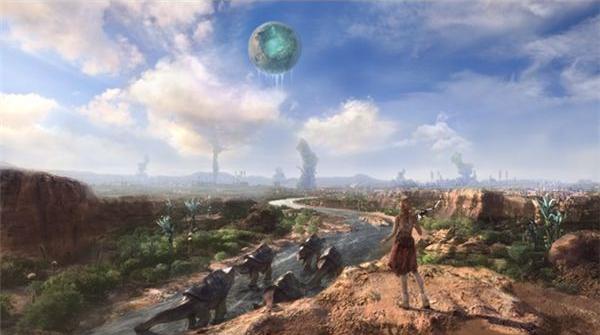
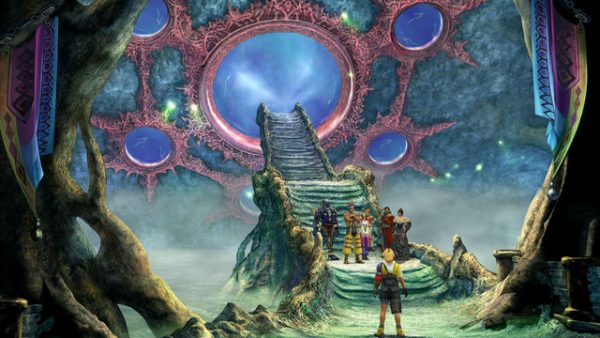 But another thing I think Final Fantasy gets right is that these worlds don’t feel like they could have been alternative Earths if magic were to replace technology. You can buy them as alien planets on which magic doesn’t exist besides physics but is inherently interwoven with it. Magic doesn’t just express itself in spells, magic items, and demons, but also in the shape of the terrain, the growth of forests, and the anatomy of impossible animals. Which are all things that I’ve consciously decided to have being part of the Ancient Lands, but which in the past I didn’t really feel being part of it. When writing the setting as a readable text, this is something that really needs to be woven into the subtext and the style. A technical listing of the parts that constitute the setting won’t be enough to really make it what I want it to be.
But another thing I think Final Fantasy gets right is that these worlds don’t feel like they could have been alternative Earths if magic were to replace technology. You can buy them as alien planets on which magic doesn’t exist besides physics but is inherently interwoven with it. Magic doesn’t just express itself in spells, magic items, and demons, but also in the shape of the terrain, the growth of forests, and the anatomy of impossible animals. Which are all things that I’ve consciously decided to have being part of the Ancient Lands, but which in the past I didn’t really feel being part of it. When writing the setting as a readable text, this is something that really needs to be woven into the subtext and the style. A technical listing of the parts that constitute the setting won’t be enough to really make it what I want it to be.
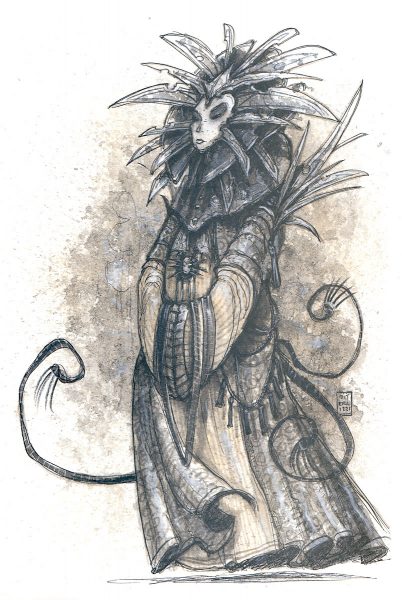
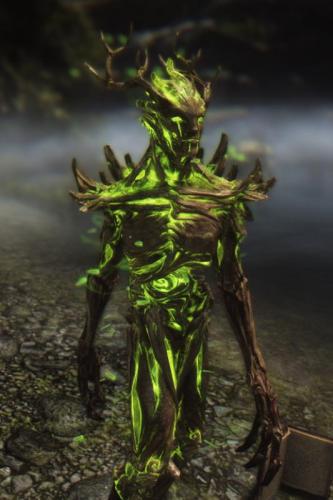
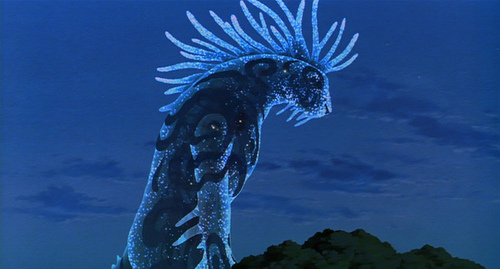

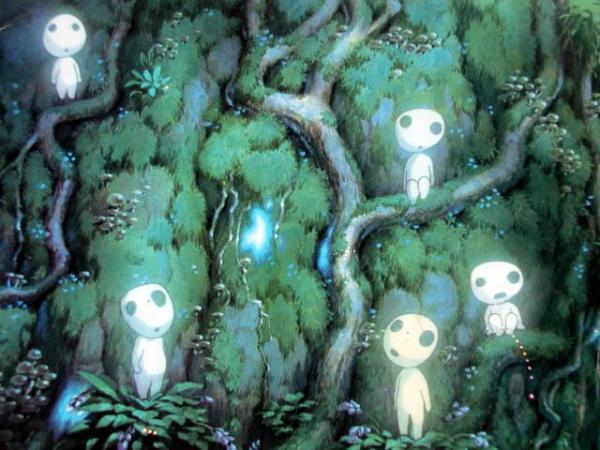

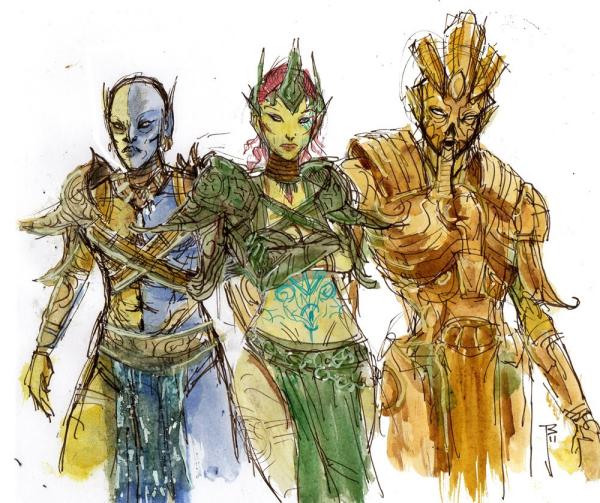

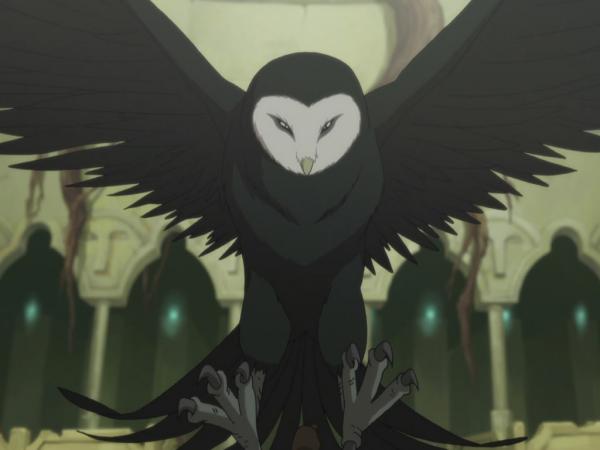
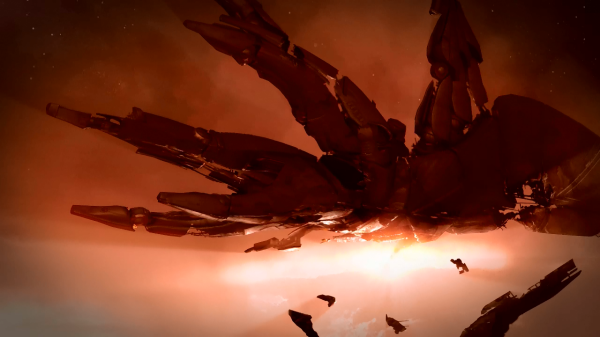
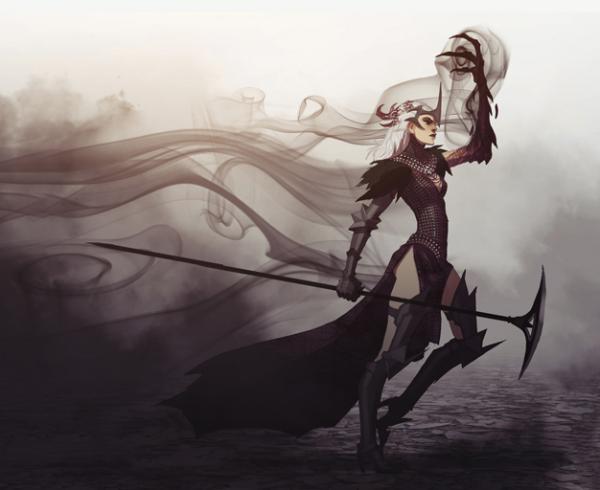
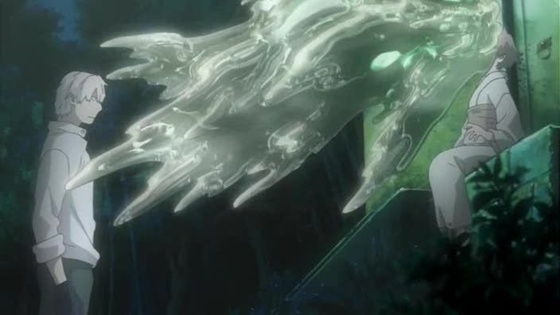

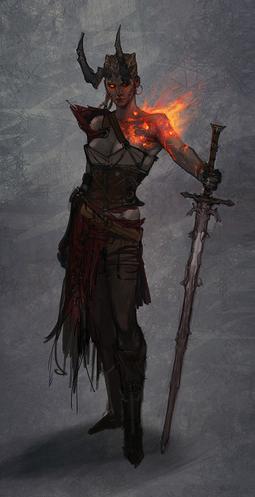
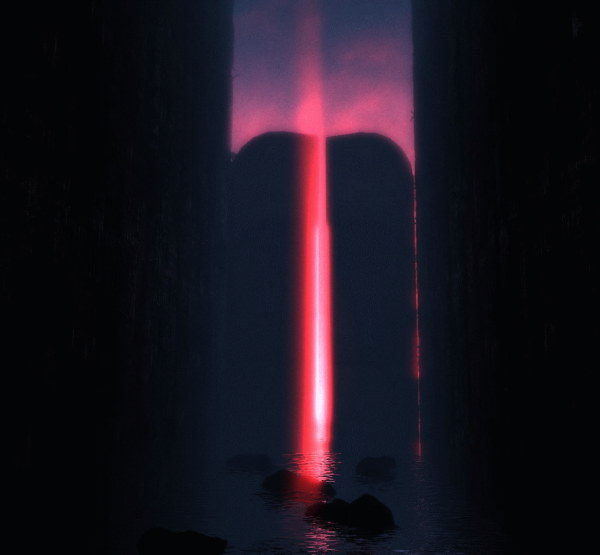
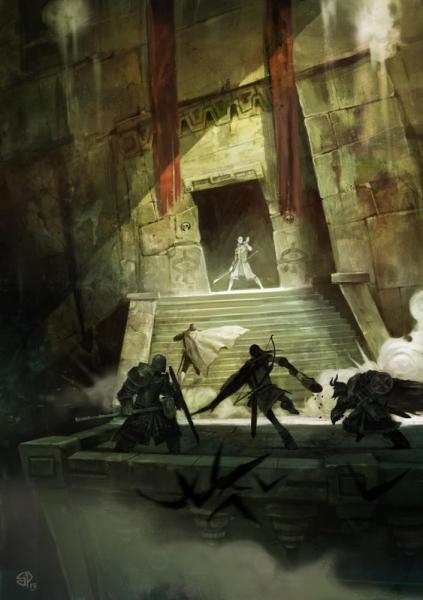 This thing can be played.
This thing can be played.